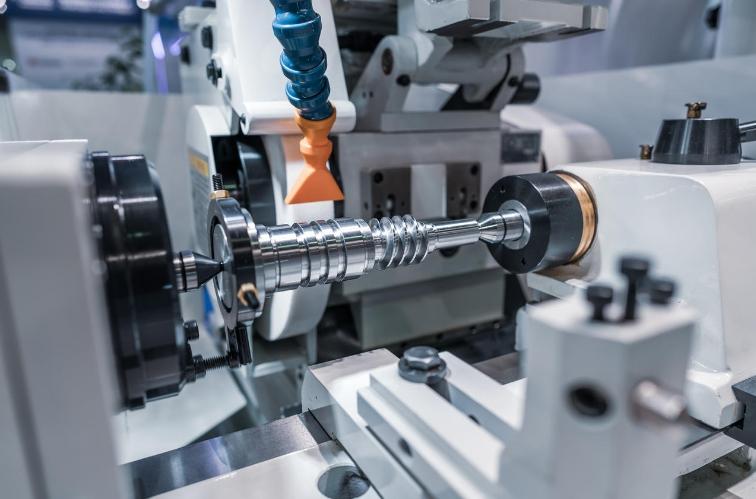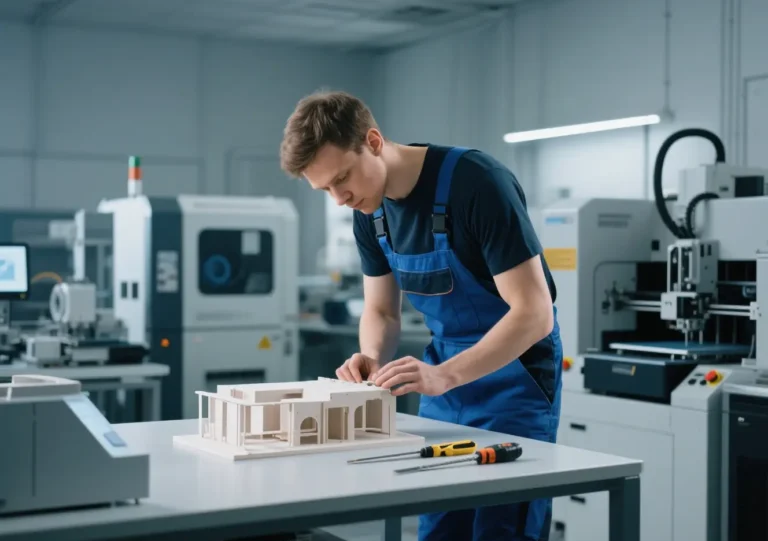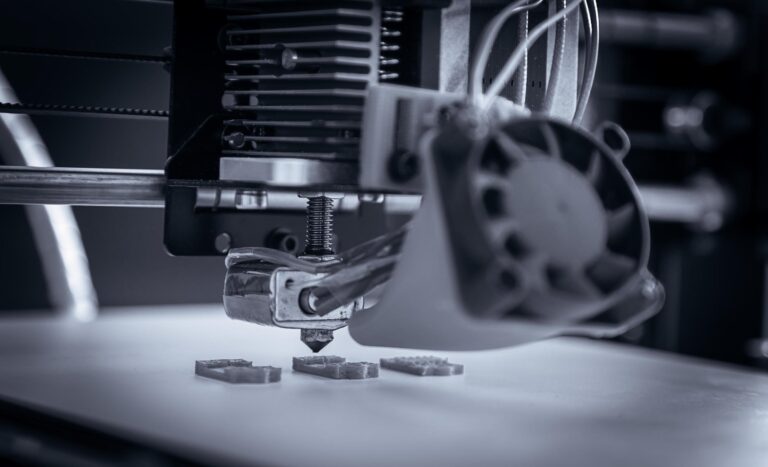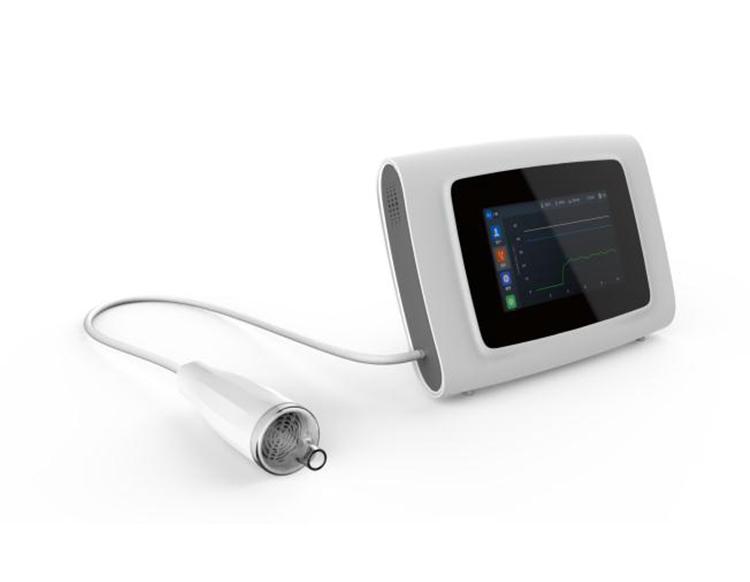In the industrial product development process, prototype (hand-board) models are crucial for functional verification and appearance confirmation. However, when faced with the demand for prototypes of larger sizes and more complex structures, many companies often encounter challenges such as equipment limitations, increased processing difficulty, and extended cycle times in the processing chain. How to ensure structural integrity under the premise of realizing efficient and stable large-size prototyping has become one of the core issues of the current manufacturing industry.
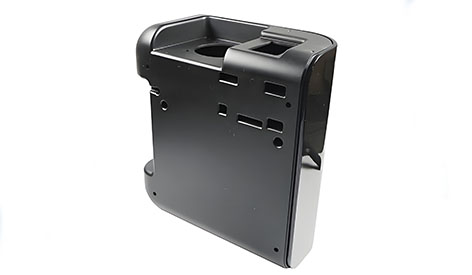
The core difficulties of large-size prototyping and processing
Compared with regular-sized prototypes, large-sized prototypes have more stringent requirements in terms of structural volume, clamping methods, machining processes and surface treatment:
Machine limitations and travel issues: Machine travel is a critical bottleneck. Many standard machining centers struggle to handle parts longer than 1 meter or with complex multi-faceted structures. Inadequate machining areas often force the adoption of segmented manufacturing strategies, which inevitably introduces splice errors and assembly deviations.
Material and Process Stability Challenges: Large prototypes are often made from full-sheet or cast blanks in materials such as ABS, PU, aluminum, PMMA, etc. This results in significantly longer processing times. Not only does this result in significantly longer processing times, but the thermal expansion and contraction of the material itself, as well as the release of internal stresses during processing, can easily cause dimensional fluctuations. In addition, the increased vibration of the equipment during processing and the expansion of the heat affected zone (HAZ) constitute a serious test of dimensional control and final surface quality.
Clamping and warping control: Large workpieces are more difficult to clamp securely during machining and subsequent processing (e.g., sanding, painting), and improper clamping force or insufficient support can easily lead to deformation or warping of the workpiece.
Optimizing the process: meeting the dual requirements of size and accuracy
In order to improve the consistency, accuracy and manufacturing efficiency of large-size prototypes, leading manufacturers are upgrading their technology in multiple dimensions, including equipment, process paths and post-processing:
Specialized equipment applications: Gantry CNC Machines or customized high-travel machining platforms are the preferred choice for large-scale prototyping due to their superior stability and long stroke lengths. They enable large and complex structures to be cut and shaped in a single pass, minimizing the need for segmental machining.
Intelligent machining strategies:
Segmentation combined with precision positioning: When whole machining is not feasible, the strategy of “area segmentation + whole assembling” is adopted. Combined with high-precision positioning pins, datum holes or special precision fixtures for multiple repetitive positioning, effectively reducing the cumulative error of splicing.
Digital Simulation and Path Optimization: Using advanced 3D modeling software (e.g. CAD/CAM) and machining path simulation system, we can prejudge the potential interference areas and optimize the tool paths and cutting parameters before the actual machining, which significantly improves the controllability and efficiency of the machining process.
Structural strengthening and deformation management:
Process Sequence and Clamping Optimization: For large-size prototypes involving multiple post-treatments (sanding, painting, plating, etc.), it is critical to scientifically plan the process and design a dedicated clamping solution to support the workpiece and prevent deformation during the process.
Internal Structural Enhancements: For prototypes focused on structural validation, the design can consider introducing reinforcements (Ribs) or built-in skeleton support structures to significantly increase the overall rigidity and stability of the part to resist the effects of machining stresses and post-processing.
Material Selection and Stress Control: Selecting the right material for the application and taking appropriate aging or stress relief measures before and after machining can help minimize deformation due to internal stress relief.
Application Trends and Future Outlook
As product development cycles continue to shorten and product structures become more complex, the need for large prototypes is shifting from single function/appearance verification to multi-function integrated verification. Prototype manufacturers with stable, high-quality machining capabilities for large workpieces are becoming key partners in project development for automotive interior and exterior parts, medical device housings, large home appliances, and even aerospace structural parts.
Looking ahead, the modular design of machining equipment, intelligent programming (AI/ML-assisted path optimization), as well as the continued development of new engineering materials and composite machining processes are expected to further reduce the technical threshold of large-size prototyping, and significantly improve service response time and overall efficiency.
Conclusion: Technical strength is the key
The challenge of large-size prototype processing is essentially a comprehensive test of the comprehensive technical strength of manufacturing enterprises. By reasonably configuring professional equipment, implementing precise and optimized process routes, and establishing a multi-dimensional and strict quality control system, leading manufacturing companies are constantly breaking through the size limitations to achieve high-quality and high-efficiency delivery of large-scale prototypes. Continuously improving the processing capability of large-size prototypes will provide stronger and more reliable technical support for product innovation and structural verification of global customers.
